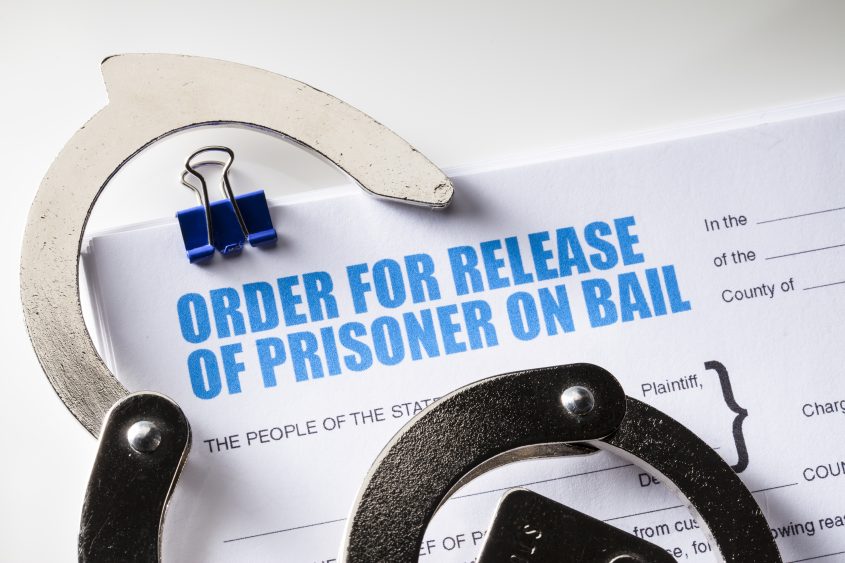
UCLA Study Finds Price of Freedom Too High for Poor L.A. Families While bail companies made millions in profit, hundreds of thousands of residents in poor communities remained behind bars awaiting trial, according to researchers
By Stan Paul
Between 2012 and 2016 more than $19 billion in bail was levied on individuals arrested for felonies and misdemeanors by the Los Angeles Police Department (LAPD), according to a new study conducted by the Million Dollar Hoods Research team based at UCLA. Of this, $17.5 million in cash went to the court and more than $193 million in nonrefundable bail bond deposits were pocketed by bail bond agents.
The report, “The Price for Freedom: Bail in the City of L.A.,” is the work of Kelly Lytle Hernandez, interim director of UCLA’s Ralph J. Bunche Center for African American Studies, and two UCLA graduate students: Isaac Bryan, a master of public policy student at the UCLA Luskin School of Public Affairs, and Terry Allen, an education Ph.D. candidate.
In California, those who are arrested for crimes, in most cases, have the right to freedom prior to trial if they can post bail determined by the court. Money bail is the mechanism for this freedom, which is also intended to ensure that the accused will appear for all court pretrial and trial proceedings.
Of the total of bail assessed — nearly $4 billion for each of the years in the study — approximately 70 percent was unpaid, meaning that nearly a quarter of a million people remained in custody before arraignment and trial. This percentage, which translates to more than $13.5 billion that went unpaid, also represents overwhelmingly those unable to pay — the poor. According to the study, disproportionately bearing the burden of the actual dollars paid for bail bonds were women, “namely black women and Latinas, representing mothers, grandmothers, aunts, friends and wives of the accused,” the researchers said in the report.
“This is an astounding toll that Los Angeles residents — not yet convicted of any crime — are charged for their freedom,” said Hernandez, also an associate professor of history at UCLA and one of the nation’s leading historians on race, policing, immigration and incarceration. “It’s no wonder that so many Californians remain imprisoned before trial simply because they cannot afford bail. This is an extraordinary amount of wealth taken primarily from low-income, communities of color.”
Of almost $200 million paid for bail bonds, Latinos represented $92.1 million, African Americans $40.7 million, and whites $37.9 million, the study’s authors reported. Among communities studied, four out of the top five were located in South Central Los Angeles and the greatest amounts of bail paid were in city council districts with the highest unemployment, with homeless individuals making up nearly $4 billion of the money bail levied in the areas studied.
The information, obtained through public records act requests fulfilled by the LAPD in March of 2017, was broken down by City Council districts “so elected officials can see how much their constituents are paying to a private industry that doesn’t generate outcomes,” Hernandez said.
Bryan, who served as lead author of the report, is a second-year MPP student at UCLA Luskin.
“I think the bail report will revive a conversation on the economic sustainability of such a wide net in pretrial incarceration, the morality of such a punitive system reaction to poverty, and the disparate racial impacts associated with the current money bail system,” he said. “I am hoping it is the final push that is needed to spur policymakers toward a more equitable pretrial system.” Bryan is also serving as a David Bohnett Fellow in Mayor Eric Garcetti’s Office of Reentry, established in 2015.
Hernandez said that other states have found other non-monetary ways to ensure that the accused will return to court. Six states currently use an algorithm to help determine risk to public safety and risk of flight, Bryan said. New Jersey, for example, uses such a risk assessment tool. Prosecutors are still able to disagree with the algorithm, which may require another hearing before a judge.
According to Hernandez, the alternatives have “functioned well, if not better than money bail.”
But, for L.A., most people are not able to pay money bail, according to the researchers. For those who pay bail bond agents, that money — typically about 10 percent of the bail amount levied — is never returned and additional fees apply, the research team reported. “Among them, many individuals as well as their families and communities are simply too poor to pay the price of freedom,” they conclude.
The report may be accessed online.
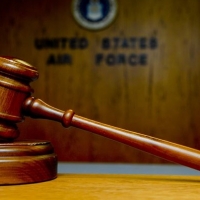
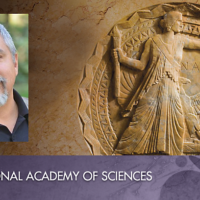
![IMG-2255[1] copy](https://luskin.ucla.edu/wp-content/uploads/2018/10/IMG-22551-copy-e1541126774412-200x200.jpg)

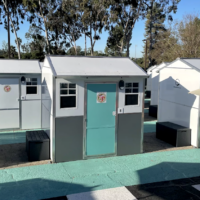
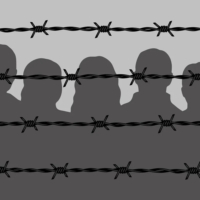



Leave a Reply
Want to join the discussion?Feel free to contribute!